Transforming a space into a masterpiece requires attention to every detail. When it comes to interior design, wall ceramic tiles are a versatile and timeless choice that can enhance the aesthetics and functionality of any room. From bathrooms to kitchens, living rooms, and beyond, ceramic tiles offer a durable and stylish solution for creating stunning walls. In this comprehensive guide, we will explore everything you need to know about wall ceramic tiles, from their benefits and types to installation techniques and maintenance tips. Benefits of Wall Ceramic Tiles: Wall ceramic tiles offer a myriad of benefits that make them a popular choice among homeowners and designers alike. Firstly, ceramic tiles are incredibly durable, resistant to scratches, stains, and moisture, making them ideal for high-traffic areas such as kitchens and bathrooms.
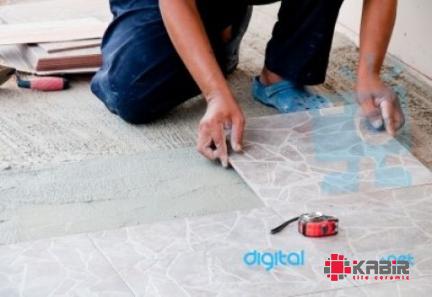
.
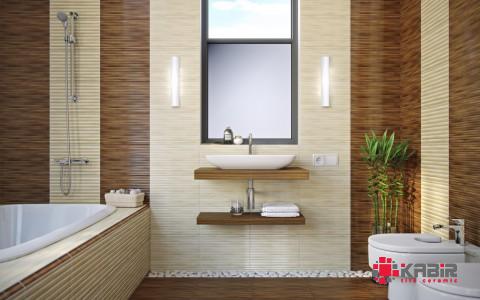 Additionally, ceramic tiles come in a wide range of colors, patterns, sizes, and finishes, allowing for endless design possibilities. Their versatility makes them suitable for both modern and traditional spaces, adding a touch of elegance and sophistication to any room. Furthermore, ceramic tiles are easy to clean and maintain, requiring only a simple wipe-down to keep them looking pristine. Types of Wall Ceramic Tiles: When it comes to wall ceramic tiles, there are several types to choose from, each offering unique characteristics and design options. The most common types of wall ceramic tiles include: 1. Glazed Ceramic Tiles: Glazed ceramic tiles are coated with a glass-like finish that adds a glossy sheen to the surface. This type of tile is known for its vibrant colors and patterns, making it a popular choice for adding a pop of color to a room. 2. Porcelain Ceramic Tiles: Porcelain ceramic tiles are made from high-quality clay that is fired at a higher temperature, making them denser and more durable than traditional ceramic tiles. Porcelain tiles are ideal for areas with high moisture levels, such as bathrooms and kitchens. 3. Terracotta Tiles: Terracotta tiles are made from natural clay and are known for their rustic, earthy appearance. These tiles are often unglazed and have a more textured finish, adding warmth and character to a space.
Additionally, ceramic tiles come in a wide range of colors, patterns, sizes, and finishes, allowing for endless design possibilities. Their versatility makes them suitable for both modern and traditional spaces, adding a touch of elegance and sophistication to any room. Furthermore, ceramic tiles are easy to clean and maintain, requiring only a simple wipe-down to keep them looking pristine. Types of Wall Ceramic Tiles: When it comes to wall ceramic tiles, there are several types to choose from, each offering unique characteristics and design options. The most common types of wall ceramic tiles include: 1. Glazed Ceramic Tiles: Glazed ceramic tiles are coated with a glass-like finish that adds a glossy sheen to the surface. This type of tile is known for its vibrant colors and patterns, making it a popular choice for adding a pop of color to a room. 2. Porcelain Ceramic Tiles: Porcelain ceramic tiles are made from high-quality clay that is fired at a higher temperature, making them denser and more durable than traditional ceramic tiles. Porcelain tiles are ideal for areas with high moisture levels, such as bathrooms and kitchens. 3. Terracotta Tiles: Terracotta tiles are made from natural clay and are known for their rustic, earthy appearance. These tiles are often unglazed and have a more textured finish, adding warmth and character to a space.
..
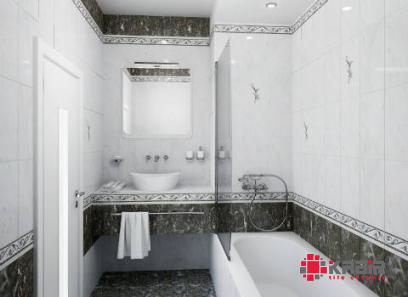 4. Subway Tiles: Subway tiles are a classic choice for creating a clean and timeless look. These rectangular tiles are typically installed in a brick-like pattern, adding a touch of nostalgia to any room. Installation Techniques for Wall Ceramic Tiles: Proper installation is crucial to ensure the longevity and beauty of your wall ceramic tiles. Whether you choose to hire a professional or tackle the project yourself, following these installation techniques will help you achieve a flawless finish: 1. Surface Preparation: Before installing ceramic tiles, it is essential to prepare the wall surface properly. Remove any existing wallpaper or paint and ensure the wall is clean, dry, and smooth. 2. Tile Layout: Before applying adhesive, lay out the tiles on the wall to determine the best arrangement and pattern. Use spacers to ensure even spacing between tiles. 3. Adhesive Application: Apply a high-quality tile adhesive to the wall using a trowel, working in small sections to prevent the adhesive from drying out. Press the tiles firmly into place, making sure they are level and aligned. 4. Grouting: Once the adhesive has dried, apply grout to the tile joints using a grout float. Wipe away excess grout with a damp sponge, being careful not to remove too much grout from the joints. 5. Sealing: Depending on the type of ceramic tiles you choose, sealing may be recommended to protect the tiles from stains and moisture.
4. Subway Tiles: Subway tiles are a classic choice for creating a clean and timeless look. These rectangular tiles are typically installed in a brick-like pattern, adding a touch of nostalgia to any room. Installation Techniques for Wall Ceramic Tiles: Proper installation is crucial to ensure the longevity and beauty of your wall ceramic tiles. Whether you choose to hire a professional or tackle the project yourself, following these installation techniques will help you achieve a flawless finish: 1. Surface Preparation: Before installing ceramic tiles, it is essential to prepare the wall surface properly. Remove any existing wallpaper or paint and ensure the wall is clean, dry, and smooth. 2. Tile Layout: Before applying adhesive, lay out the tiles on the wall to determine the best arrangement and pattern. Use spacers to ensure even spacing between tiles. 3. Adhesive Application: Apply a high-quality tile adhesive to the wall using a trowel, working in small sections to prevent the adhesive from drying out. Press the tiles firmly into place, making sure they are level and aligned. 4. Grouting: Once the adhesive has dried, apply grout to the tile joints using a grout float. Wipe away excess grout with a damp sponge, being careful not to remove too much grout from the joints. 5. Sealing: Depending on the type of ceramic tiles you choose, sealing may be recommended to protect the tiles from stains and moisture.
…
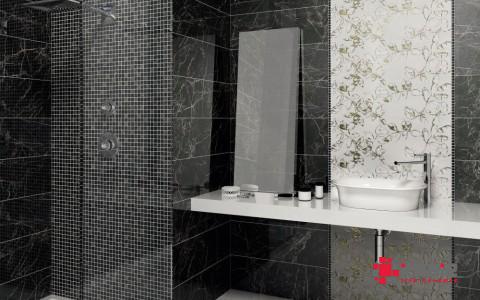 Follow the manufacturer’s instructions for sealing your tiles properly. Maintenance Tips for Wall Ceramic Tiles: To keep your wall ceramic tiles looking their best, regular maintenance is key. Follow these tips to preserve the beauty and durability of your tiles: 1. Cleaning: Regularly clean your ceramic tiles with a mild detergent and water solution to remove dirt, grime, and stains. Avoid using harsh chemicals or abrasive cleaners that may damage the tile surface. 2. Sealing: If your tiles are unglazed or porous, consider applying a sealer to protect them from moisture and stains. Reseal the tiles as needed to maintain their integrity. 3. Grout Maintenance: Keep grout lines clean and free of mold and mildew by scrubbing them with a grout cleaner or a mixture of vinegar and water. Repair any damaged or cracked grout to prevent water damage. 4. Avoid Impact: Ceramic tiles are durable but can crack or chip if subjected to heavy impact. Avoid dropping heavy objects or banging furniture against the tiles to prevent damage. 5. Regular Inspections: Periodically inspect your ceramic tiles for any signs of damage or wear. Replace any damaged tiles promptly to prevent further issues.
Follow the manufacturer’s instructions for sealing your tiles properly. Maintenance Tips for Wall Ceramic Tiles: To keep your wall ceramic tiles looking their best, regular maintenance is key. Follow these tips to preserve the beauty and durability of your tiles: 1. Cleaning: Regularly clean your ceramic tiles with a mild detergent and water solution to remove dirt, grime, and stains. Avoid using harsh chemicals or abrasive cleaners that may damage the tile surface. 2. Sealing: If your tiles are unglazed or porous, consider applying a sealer to protect them from moisture and stains. Reseal the tiles as needed to maintain their integrity. 3. Grout Maintenance: Keep grout lines clean and free of mold and mildew by scrubbing them with a grout cleaner or a mixture of vinegar and water. Repair any damaged or cracked grout to prevent water damage. 4. Avoid Impact: Ceramic tiles are durable but can crack or chip if subjected to heavy impact. Avoid dropping heavy objects or banging furniture against the tiles to prevent damage. 5. Regular Inspections: Periodically inspect your ceramic tiles for any signs of damage or wear. Replace any damaged tiles promptly to prevent further issues.
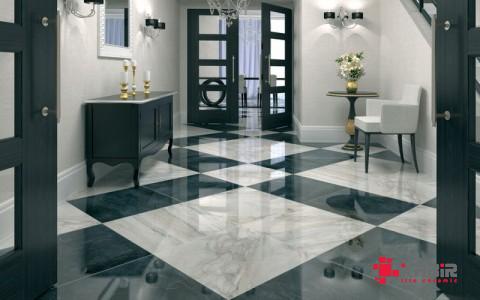
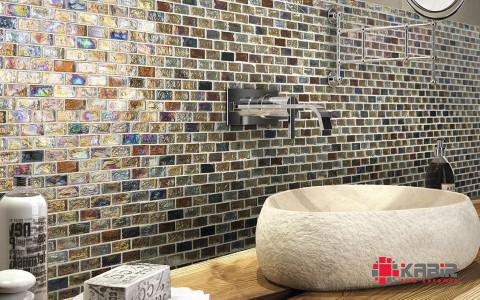
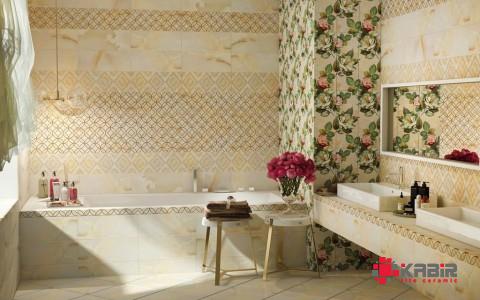
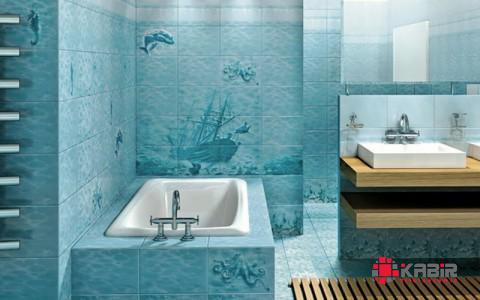
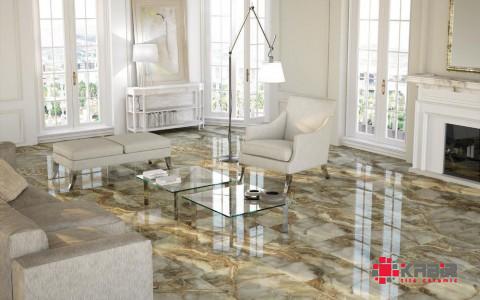
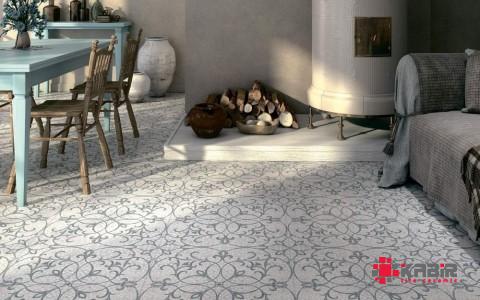

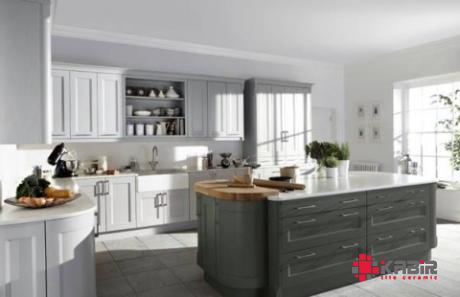

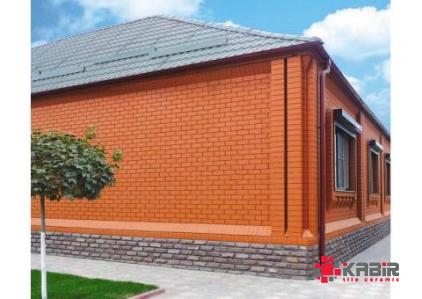
Your comment submitted.